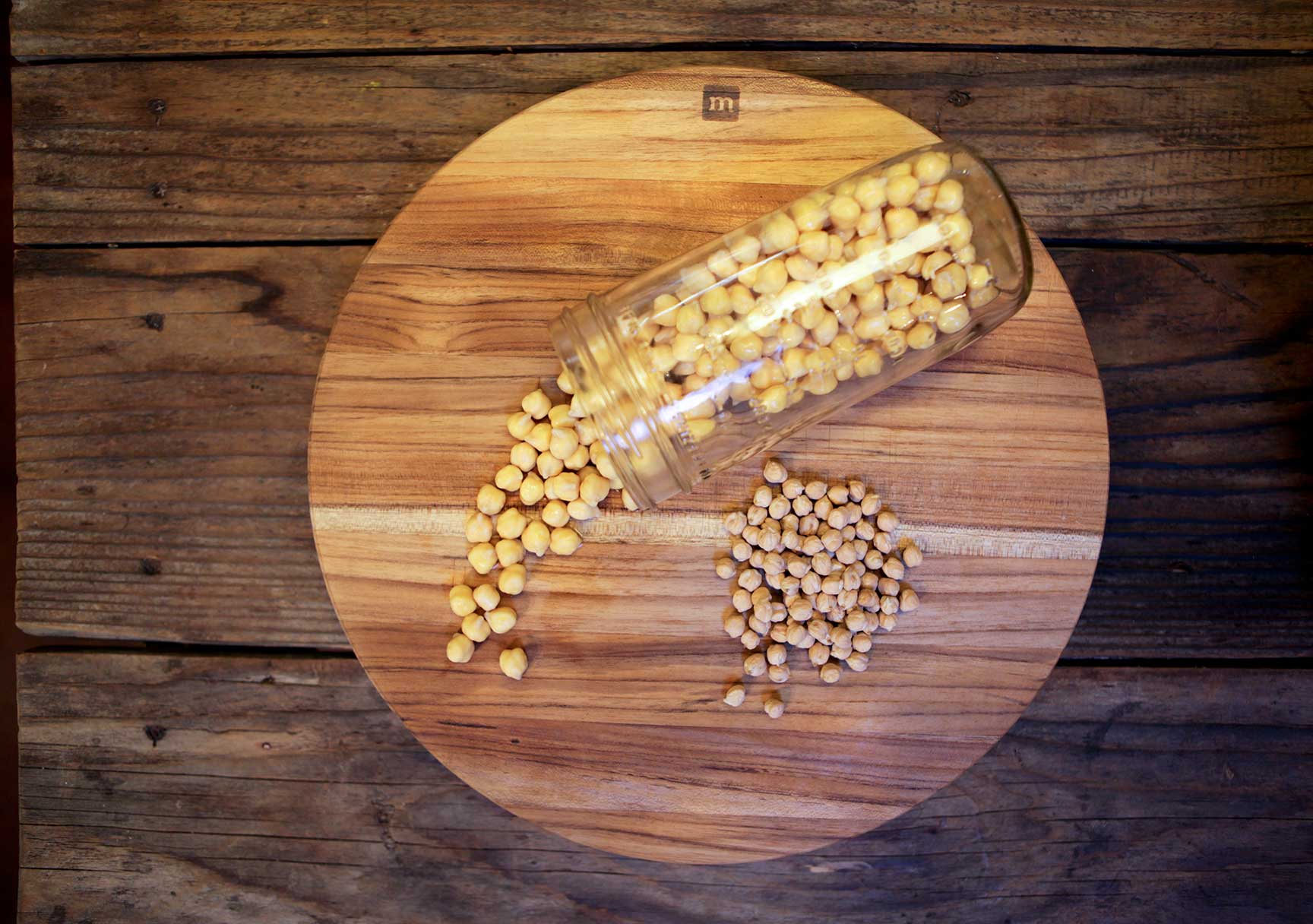Soaking: Wake up that dormant seed before you cook it!

All seeds are designed to withstand incredible trials and tribulations before they sprout. Consider what it takes to make it through the digestive tract of a ruminant animal, with a four compartment stomach, before being “planted” somewhere down the trail. Soaking creates the perfect environment to convince a seed that it is time to grow (think spring showers), and neutralizes their natural defense against sprouting— a preservative called phytic acid. Phytic acid is what allows seeds to be kept for long periods of time, like in your pantry, without sprouting. Unfortunately, it also interferes with the absorption of many minerals and inhibits enzyme function, limiting our bodies ability to digest seeds fully.

Steps for soaking success:
1. Use a glass, ceramic or stainless steel bowl, crock or Mason jar.
2. Wash grains (rice, barley, wheat, millet, etc.) or legumes (lentils, beans, peas, etc.) Measure same as you would for cooking unsoaked grains or legumes.
3. Place seeds in your container and fill with non-chlorinated water until they are covered by at
least 3”. Stir to release air bubbles and ensure all seeds are wet and not clumped together.
4. Cover with a towel to keep dust away.
5. Leave on counter 12-24 hours. Generally, the bigger the seed the longer the soaking time.
6. Drain away soaking water and rinse thoroughly.
7. Cook as desired and enjoy! Be sure to cook gently. Soaked seeds will be soft and can break apart if boiled roughly. Adding a 1-2” piece of dried kombu kelp during the cooking will add more minerals and decrease the phytic acid even more.


Over to You
It’s part of our mission here at Mountain Feed to help you make delicious, sustainable, homemade food more often. Stop by and say hello on Facebook, Twitter, Instagram or Pinterest. Or, as always, you can do it the old fashioned way and come by the store to speak with one of our in-house experts.
Keeping a great journal leads to delicious results! Get inspired by new recipes, expert articles and homemade food adventures in our Monthly Journal.
